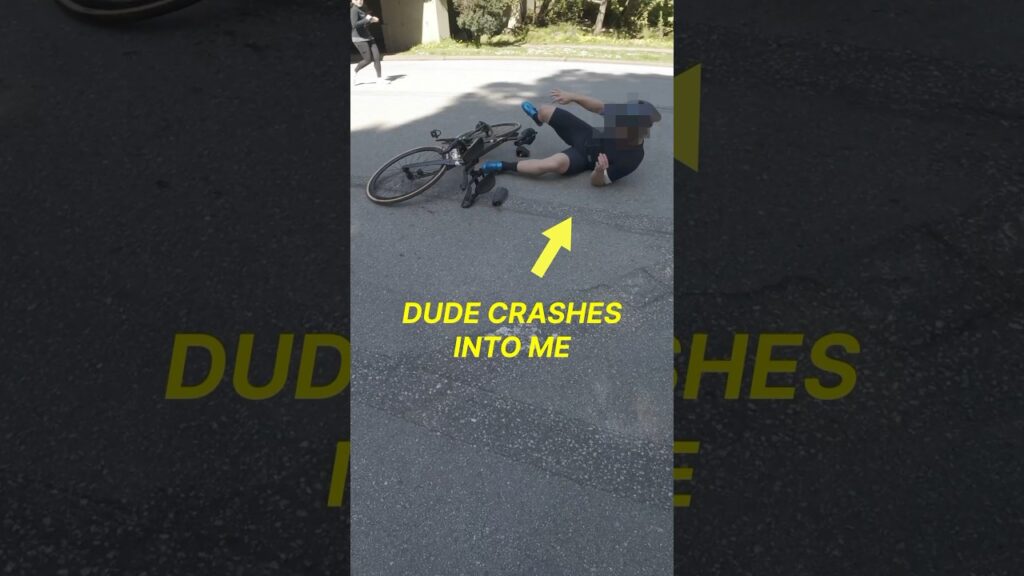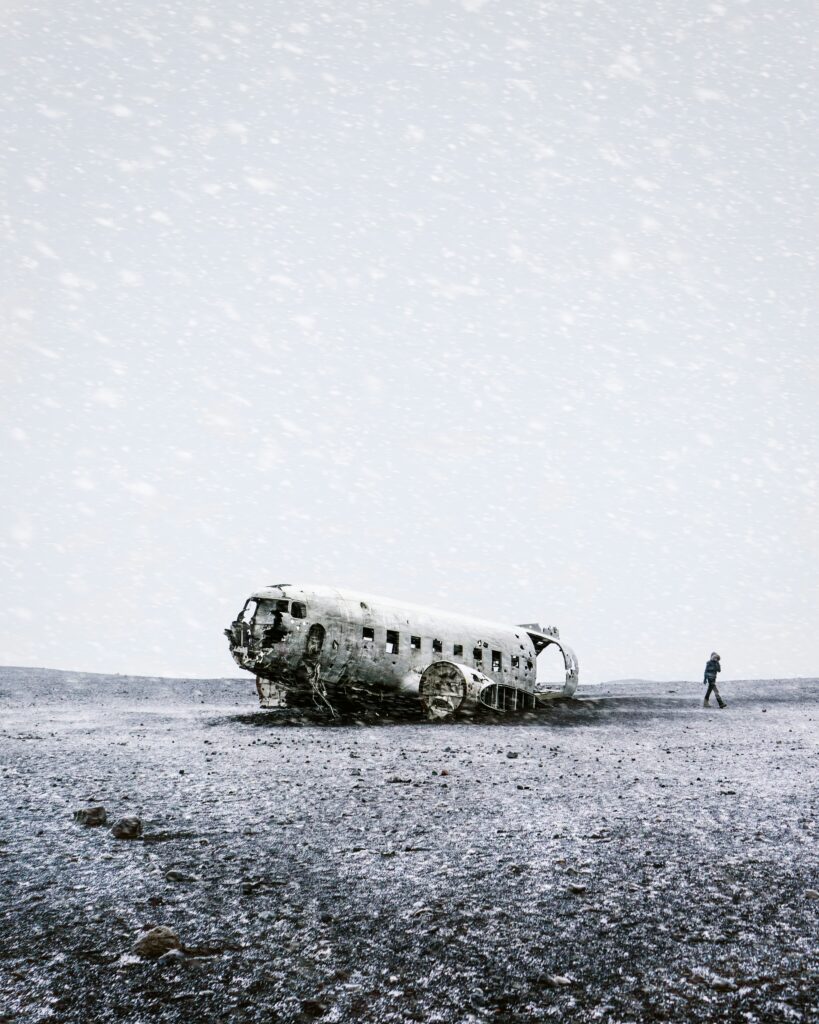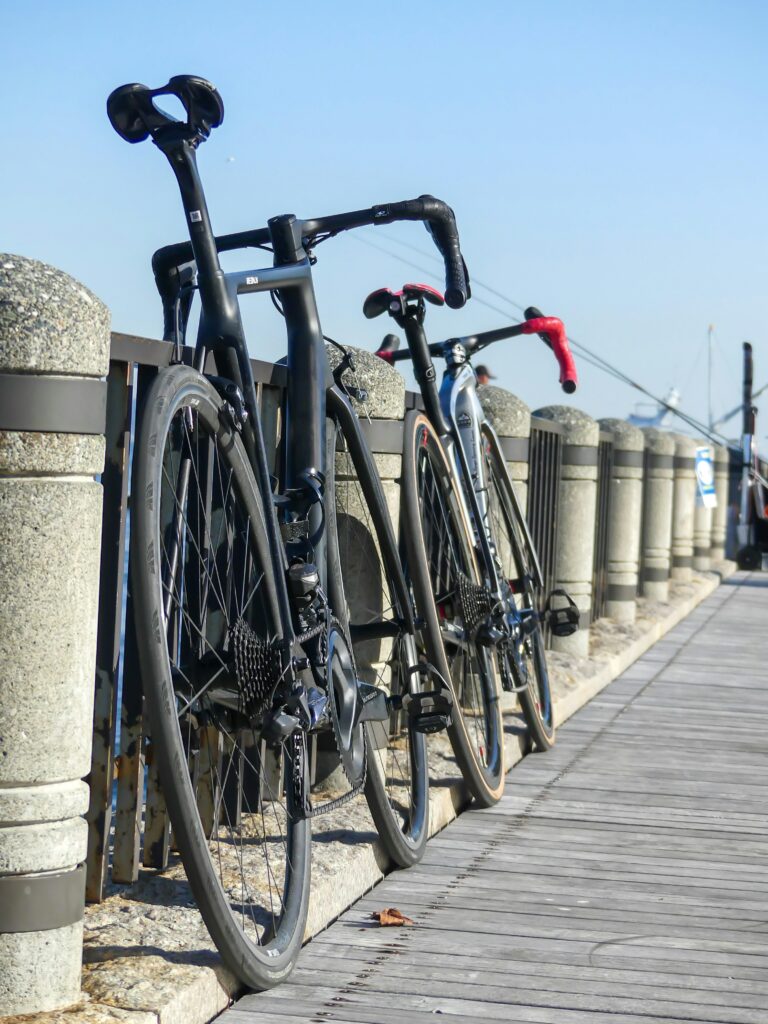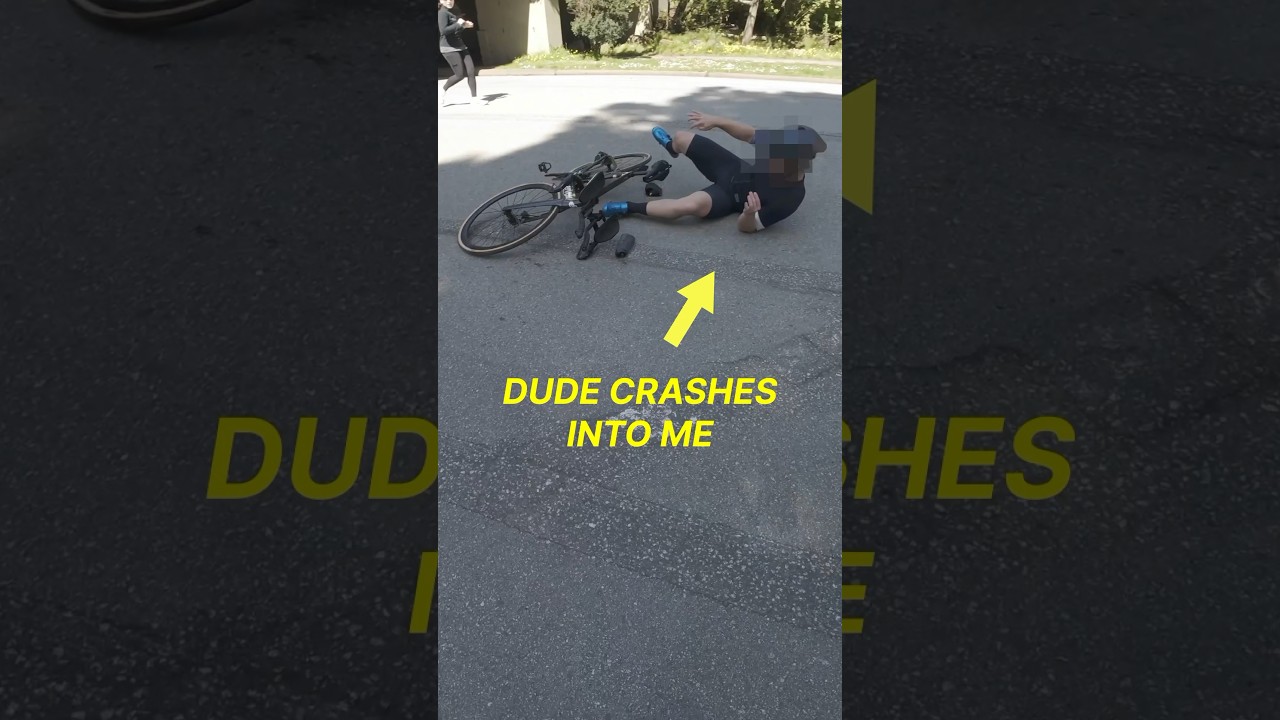Imagine a typical day on the road suddenly taking a turn due to an unexpected accident between a road bike and an e-scooter – that’s what the latest video from Rider Guide managed to capture. The footage entails nail-biting moments before the crash, utter chaos after that, and then the utterances to check on each other’s well-being- a topic that’s became quite a heated debate on social media, sending viewers into a frenzy asking “Who Was At Fault?”
This article takes you through an analysis of the incident, breaking down the events as they unfolded. It further illuminates on electric scooter and motorbike reviews, which could offer a better understanding of how these vehicles operate, and a clearer perspective on the accident. It’s a comprehensive look at an event that has resulted in divided opinions, aimed at not just the curious, but also people who frequently use these modes of transport.
Understanding the Incident Context
When examining an accident involving an Escooter and a road bike, or “roadbike”, it’s essential to get a good grasp of the context in which the incident took place. This involves, amongst many other things, breaking down the video footage for analysis, identifying the individuals involved and getting a clear picture of when and where exactly the event occurred.
Breaking down the video
Start by reviewing the video of the accident. Notice the specific details within the visual representation. Take note of the movements, the speed, and the reaction times of both parties involved. This raw data is crucial in later stages for assessing factors like error of judgment and response time.
Identifying the Participants: Roadbike versus Escooter
Next, get familiar with the key players in this unfortunate event. On one side, there’s a road biker, someone likely equipped with a durable, agile bicycle built for speed on paved surfaces. On the other side of the equation, there’s an Escooter rider. This participant is maneuvering an electric scooter, a compact, motorized device meant for personal transport. Understanding the contrast in their chosen modes of transportation is critical to analyzing their potential for control in the situation.
Defining the Location and Time of Incident
Finally, confirm the time and place of the accident. This information can influence factors such as visibility, traffic flow and potential distractions. It can also shed light on any relevant local regulations or laws that may have been in force at the time.
Reviewing the Moment of Impact
Let’s shift our focus to the pivotal time when the roadway harmony disrupted into the chaos of an accident.
Analyzing the Collision Dynamics
Breaking down the dynamics of the collision requires a close look at how the players in this incident moved and reacted in the moments leading up to the impact. This can include considering their speeds, their trajectories, and any attempts at evasive action.
Impact on Roadbike Rider
Evaluate the visible and potential consequences of the collision on the road biker. This will tailor into factors such as the rider’s immediate injuries, damage to their bike, or possible long-term health implications.
Impact on Escooter Rider
Similar evaluation is required for the Escooter rider as well. How did the crash affect them physically and mentally? What was the extent of the damage, if any, to their personal property like the Escooter?

Analyzing the Pre-Crash Scenarios
Before we can conclusively determine fault, we need to scrutinize the actions both parties took – or failed to take – that may have led to the accident.
Roadbiker’s Approach
Look closely at the cyclist’s behavior before the crash. This includes elements like their speed, their vigilance, and their approach to the rules of the road in general.
Escooter Rider’s Approach
Apply the same level of scrutiny to the Escooter rider’s actions. What were they doing in the moments leading up to the accident? Were there any critical decisions they made that could have changed the outcome?
Possible Hindsight about the Incident
Given the benefit of hindsight and a second look at the limited footage of the event, could there have been any warning signs that the accident was about to occur? Could either party have acted differently to prevent the crash?
Evaluating the Post-Crash Scenarios
Another valuable piece of the puzzle comes from studying how both riders reacted after the collision.
Immediate Reactions by Both Participants
What were the immediate reactions of the road biker and the Escooter rider? Did they express concern for each other’s well-being, or was there a visible dispute? And how did people nearby react, if any?
Health and Impact Assessment of the Riders
After the incident, a proper assessment of both riders’ health should be crucial. This includes addressing immediate injuries and potential psychological distress. Also, was there follow-up care required for either individual, and if so, what did that entail?
Involved Parties’ Views on the Incident
Finally, it’s helpful to have an understanding of how the riders perceived the incident. Did they blame each other, or did one party accept responsibility for the collision?

Role of Electric Scooters in Accidents
In the context of this report, understanding the general risk associated with Escooters is a significant factor.
Understanding the General Risk with Escooters
As easy-to-use and convenient as Escooters are, they’re not without their risks. How do these risks present themselves? Are there common errors riders make that increase their chances of accidents?
Drawing Conclusions from Past Accidents Involving Escooters
When we examine previous accidents involving Escooters, are there any commonalities? What insights can these past incidents provide about the extent of risks Escooters create on the road?
Appreciating the Escooter’s Mechanical Build and Design
Also, understanding the mechanical design and build of an Escooter can give some potential insights relating to their performance and limitations in collision scenarios.
Role of Roadbikes in Accidents
From the road biker’s side, we also need to consider the specific risks and statistics related to road bikes.
Statistics on Incidents Involving Roadbikes
What are some common reasons that road bike riders end up in accidents? Are there any consistent factors, whether it be speed, visibility, or rule-breaking, that tend to contribute more frequently to these incidents?
Potential Risks Brought by the Bike Design
Consideration to the bicycle design can also be illuminating. While road bikes are designed for speed and efficiency, they may lack features that could potentially prevent or lessen the impact of accidents.
Insights on Roadbike Rider Awareness and Training
Lastly, are road bikers generally aware of the risks they face on the road? Is there adequate training and knowledge of safety practices among the road biking community?

Safety Regulations Surrounding Escooters and Roadbikes
Understanding relevant laws and regulations for both Escooters and road bikes is key in identifying whether there were any breached norms during the incident.
Common Regulations for Escooter Use
What are the rules that Escooter riders are supposed to adhere to? This could include laws about speed, riding techniques, or even privileged paths.
Roadbike Use Rules and Regulations
Similarly, there are also rules of the road that cyclists need to follow. These regulations could involve everything from bike maintenance to conduct in traffic.
Impact of These Regulations on the Incident
In the context of the recorded incident, were all the appropriate rules followed? If not, did the breach of these rules contribute to the accident happening?
Understanding the Rider Guide’s Views
In our efforts to make sense of this incident, we must take into account the views of those who have also studied it, including the Rider Guide who documented the video evidence.
Presentation and Analysis of the Video
How has the Rider Guide presented and analyzed the video? Does their analysis offer any unique perspectives that might have been initially overlooked?
Interpreting Rider Guide’s Opinion on the Crash
What does Rider Guide think about the crash? Who do they believe was at fault, and why?
Understanding Rider Guide’s Role and Expertise
Lastly, understanding the role and expertise of Rider Guide can help us critically evaluate their assessment. Having expertise in specific areas can potentially provide valuable insights.

Exploring Other Expert Opinions
For a comprehensive understanding, there’s a necessity to look beyond, gathering external expert opinions that can offer different angles to the incident.
Gathering External Expert Views on the Crash
What do other experts think about this incident? Are there any contrasting views that could potentially shed new light on the crash?
Impact of the Crash on the Wider Community
It’s also essential to consider how this crash could affect the wider cycling and Escooter-riding communities. Could this incident lead to changes in safety regulations, community guidelines, or even technology design?
Reviewing Potential Measures to Avoid Similar Incidents
What can be done to prevent such accidents from happening in the future? Is there a need for improved safety features, stricter regulations, or better rider education?
Conclusions
We’ve covered a lot of ground in this report, and now it’s time to bring it all together and draw our final conclusions.
Summarizing the Key Findings
Begin by summarizing the key findings from the incident’s context, the moment of impact, pre-crash and post-crash scenarios, the role of Escooters and road bikes in accidents, safety regulations, and expert opinions.
Assigning Fault Based on Presented Facts and Observations
Based on all the gathered information and expert views, can we definitively say which party was at fault? Why?
Proposed Preventive Measures for Future
Finally, it’s crucial to propose measures that could prevent similar incidents from happening in the future. These measures could range from changes in regulation, designing safer bikes and Escooter, or better rider education. It’s a chance to make a difference and champion for safer roads for everyone.




